|
First, I want to thank the Qualcomm Ventures team for inviting me to be a part of this amazing group of entrepreneurs, thought leaders, and innovators. The Edge AI Summit was among the best I have attended, and the hospitality of Qualcomm Ventures and the content were excellent and above board. The summit kicked off with a nice outside lunch in beautiful San Carlos, CA at The Alexandria and ended with an amazing dinner and drinks accompanied by a string assemble with beautiful, relaxing music. Now let’s jump into the summit highlights. Quinn Li, Senior Vice President and Global Head of Qualcomm Ventures, kicked off the event with a nice welcome message and set the stage for the overall theme, “Edge AI.” Bringing real-time data intelligence and insights for real-world industry solutions is vital, and artificial intelligence, learning models, algorithms, infrastructure, and security go hand-in-hand with the advancements and innovation. A range of early-stage and emerging companies that are partners and participants with Qualcomm Ventures are taking AI to the next level to apply to the enterprise and support adoption. Whether on-premise, on device, or at the point of data collection, AI is coming fast and Qualcomm Ventures will be leading and investing in the most innovative solutions in edge AI. One of the top highlights, was the fireside chat with Durga Malladi (SVP & GM, Technology Planning & Edge Solutions, Qualcomm Technologies, Inc.) and Jim McGregor (Tirias Research), “Enabling On-Device AI.” The discussion focused on Qualcomm’s overall vision in AI. AI has been around since the 1950s and this past 18 months has shown good potential around generative AI in the most simplistic form. AI is primarily about intelligently connecting everything with the emerging use cases evolving around running generative AI on the device. Some of the use cases include voice and speech interaction, smartphones/laptops XR, advancements in consumer devices, and digital experiences in automotive. The convergence of communication and processing, while extracting meaning from it, gives rise to today’s AI and edge AI is an important component. AI and the processing of information is expected to run at an increasing rate purely on the device and not connected to the cloud. Inference training is happening at edge of the network, with action shifting from the cloud to a distributed manner or using a distributed architecture. With advancements in technology, large learning models are happening on the device and low power, efficient processing is supporting this trend. Qualcomm shares, “There is already a growing wave of sub-10 billion parameter large language models (LLMs), automatic speech recognition (ASR) models, programming models and language vision models (LVMs) that provide useful outputs covering a broad set of use cases.” As we move towards 5 to 10 billion parameter models on a device, the industry is building use cases with large language models (and other models) running on the device itself. The week of October 23rd was also the Snapdragon Summit, where Durga shared a couple of AI insights and “The Art of the Possible.” In addition to the increase in billions of parameters, Qualcomm also shared a range of companies (and their apps) and developer relationships to get us there including Google, LLaMA, and Hugging Face making sure all can run on Qualcomm devices. In addition, Qualcomm is focused on solutions to curate the model to make sure it runs efficiently on the device with proper compression, and not losing the sense of the model to retain accuracy. More developer tools will be made available to make sure the industry can ingest any model while also paying attention to the KPIs. Other key highlights include:
A More "Humane" AI was presented by Bethany Bongiorno, Co-founder and CEO of Humane and Imran Chaudhri, Co-founder and President of Humane. The leadership team formerly worked at Apple and decided to branch out and started their push into AI in 2019. Humane has 250+ employees working in San Francisco, New York, and in remote locations. Bethany and Imran presented on personal mobile computing and how it is driven by AI. They stated the slowdown in smartphone sales, and the OEMs are now looking for new areas of growth. They believe the future is NOT on your face. The future is the dynamic and contextual smartphone. Their unique technology brings the contextual computer and AI platform into an all-in-one phone, and stated they will be launching over the next few weeks. Imran and Bethany reference their TED talk where they share details around the role of contextual compute, a screenless, senseless, wearable device (on lapel) that uses gesture control. In fact, Naomi Campbell wore the device on the runway (reference article) at Paris Fashion Week in September. Their soon to be launched Humane Ai PIN is Humane’s first product and is a small form factor that resembles the “face” of a smartwatch but is worn or pinned to your clothing. The product is set to debut on November 9th. Next up was a fireside chat between Quinn Li and Tomer Weingarten, the Co-founder and CEO of SentinelOne. SentinelOne’s primary focus is based on the role of AI based security. SentinelOne shares they provide, “The First Security AI Platform to Protect the Entire Enterprise.” They leverage multi-modal AI learning that is predictive and integrated as the system should know what to do without asking. The solution is also aimed to know security risks before humans. The industry is shifting beyond the physical, and cracking integrated algorithms requires accuracy that we are missing today, shares Tomer. SentinelOne is pointing to very specific tasks and narrowing the scope as contextual AI is smart enough to figure out how to respond and predict. Tomer also shares that data sets are important as monitoring devices that ingest mass amounts of data, and even petabytes into the cloud is required to provide visibility and protection. SentinelOne has experienced 100% revenue growth in the last years reaching $1B annual recurring revenue (ARR). There were also two panels at the summit including one on AI infrastructure and one on warehouse automation. First, let’s share the highlights of the AI infrastructure panel titled, “AI Developer Tools & Infrastructure.” This panel was joined by Luis Ceze, theCo-founder and CEO of OctoML and Gourab De, Vice President of Weights & Biases. The panelists shared that some AI is disappearing because it is now part of the system i.e. decision trees, machine vision. In addition, compute cycles are being optimized for machine learning engineers and developers. Developers are now building products around the model, including uX ,and this means infrastructure needs to change fast with inferencing becoming more compute hungry and in real-time. Weights and Biases is using computer vision models to train the model faster, while collaborating with machine learning engineers and others. Generative AI requires new interactions and thought leadership including researchers, linguists, product managers and others. Some want to see things visually and prompt monitoring may need to be more visual and interactive. OctoML uses DeepAI while scaling, tuning, and running models in the cloud. AI developers require smarter tools and infrastructure to support large data sets, including media generation. “OctoML makes AI more sustainable through efficient model execution and automation to scale services and reduce engineering burden.” The second panel focused on Warehouse Automation and was the one that I personally had the privilege to moderate and participate in. Panelists included Arshan Poursohi, Co-founder & CEO of Thirdwave Automation, Lior Elazary, Founder and CEO of inVia Robotics, and Marcus Hehn, Co-founder and CTO of Verity. This session focused on robotics, autonomous systems, and drone technology used for supply chain management (SCM), inventory management, logistics, and warehouse operations. This session started out focusing on the industry challenges including visibility, real-time asset intelligence, and overall tracking and monitoring for optimal delivery of products and goods to the end customer. There are changing dynamics with companies like Amazon and others providing more customized and personalized customer experiences. This changing dynamic places greater need to leverage automation to manage inventory and assets. The panelists also shared insights on how machines and humans are working collaboratively. While robots and robotic systems can assist in repetitive and mundane warehouse operations, humans will have oversight and need to be trained to manage these systems. In addition, humans and machines will work together and education is important. Advancements in robotics and drone technologies, along with data intelligence gathering from these systems, is also giving rise to the acceptance in warehousing operations. The use of AI at the edge or data collection point is bringing real-time intelligence to many actionable insights specific to the products, inventory items, and delivery processes. The future of AI and the use with robotics, drones, and autonomous systems will revolve around data intelligence, machine vision, smart cameras, and large language model training. Two additional sessions including Deploying AI On Device presented by Krishna Sridhar, Co-Founder and CEO of Tetra and the fireside chat with Rahul Singh, the Co-founder and Vice President of Engineering at ideaForge provided additional insights around on-device AI and drone (UAS) mapping, security, and surveillance. In addition to the fireside chats, panels, and presentations, the summit also included fast-round “pitches” or quick insight sharing from the following companies:
Final Thoughts from Stephanie
The summit was hard-hitting, extremely insightful, and showcased a range of companies innovating and launching the next wave of technologies in Edge AI and enterprise automation. I find that the venture and young company competition events can be the best events to learn and open your mind to the “what’s next.” While my background is centered around technology, logistics, and automation, the wrapping of all three of these areas with advancements in AI is exciting and the industry will need to get it “right.” AI is extremely over-hyped and I evaluate the industry with caution. While generative AI overall has been targeted as being “free” and more consumer focused, the real opportunity lies around AI on device and AI in the enterprise. Just as with IoT and edge computing, it will be the AI solutions that address enterprise operations and provide true value that will win in the end. Value proposition, use case reliability, and industry-specific applications will be vital to bring AI to the “Art of the Possible.” Prepared and Written By: Stephanie Atkinson of Compass Intelligence How Qualcomm is Advancing AI and Internet of Things to Prepare Tomorrow’s Businesses and Cities9/20/2022
In early July, I was honored to have a chat with Megha Daga, Senior Director of Product Management and AI/ML lead for the Internet of Things (IoT) at Qualcomm Technologies, Inc. . As a critical player in AI enablement across the IoT group at Qualcomm, Megha has been crucial in the development of cutting-edge AI solutions used around the world.
We dove right into what Qualcomm has been up to as it continues to advance IoT through the different core offerings, partnerships, and cutting-edge solutions that Qualcomm offers. To set the tone of our conversation, we discussed Edge AI. Edge AI is essentially intelligence moving to the data generator, according to Megha. Along with getting data faster, a host of other factors impact Edge AI, including privacy, cost, latency, reliability, and bandwidth. For businesses or enterprises, the simplicity of the technology revolves around business intelligence occurring on the device or close to the device itself to enable IoT. Qualcomm provides a portfolio of hardware technology, but even more exciting is their advancements in software design and embedded processing innovation. The company understands how heterogenous computing makes AI possible and is pushing the envelope to remain competitive in AI and IoT. Some of the stronger vertical markets and industries that Qualcomm is targeting include retail, logistics, energy, utilities, industrial, and robotics. To further advance into AI, Qualcomm launched the Vision AI Development Kit. This Azure IoT Starter kit is a vision AI developer kit for running artificial intelligence models on devices at the intelligent edge. With Edge AI, data is generated and pushed to the cloud. Legacy devices such as retail payment terminals and other industry specific devices are being digitized and modernized. Hardware or devices can be connected to a box, i.e., edge gateway. Megha shared that Qualcomm is taking metadata and compute to the box, implementing further compute as needed, then sending only the required data back to the cloud. The traditionally “dumb” environment is becoming more intelligent and bringing efficiencies to businesses and operations. Another Qualcomm AI example outside of retail is in logistics, more specifically warehouse operations. Robotics and drones may be used for picking and dropping, reducing overall payloads, and therefore reducing costs. Edge AI and IoT are coming together to minimize compute to the cloud, as the overall costs of sending massive data to the cloud is becoming more cost prohibitive, and a concern for larger enterprises. The issues of privacy, latency, and connectivity again remain important factors. Privacy not only affects consumers, it also impacts businesses and their customers’ experiences. As for latency, think of delivery robots on the street, providing sub-millisecond intelligence and information to enable operations and efficiency so consumers can get food, packages, products delivered (similar to same day delivery). Regarding connectivity, especially for operations in remote locations (construction, agriculture), having on-device or near device data intelligence can be critical. Examples Megha mentioned included drones connected to a gateway to enable crop intelligence, construction management, and mining operations. Qualcomm’s portfolio continues to evolve to support AI and Edge AI, with a stronger focus on software. Their hardware and chipsets will continue to be their foundation, as they grow their partnerships with Original Equipment Manufacturers (OEMs). Qualcomm is leading in the areas of enabling AI on traditional CPUs/DPUs or AI on SDKs. Another cutting-edge development includes AI on embedded processing (low power, high performance). According to Megha, a few exciting AI areas that Qualcomm has been innovating around includes drone robots, and camera technology. Taking regular cameras for example and making them intelligent, using technologies such as machine vision and AI running on heterogenous computing to completely disrupt its capabilities. Megha shared that Qualcomm is using hardware accelerators for neural network workloads. Furthermore, AMR devices (autonomous mobile robots, i.e., Bosch devices) is an area where Qualcomm is developing chipsets and reference designs to further advance delivery. For example, they recently launched the RB6, a high-end chipset with an accelerator card allowing the robot to greatly improve throughput (i.e., delivery robots). As far as software goes, Qualcomm is investing and innovating to provide seamless software across the Qualcomm AI stack. Qualcomm is providing unification for developer building and changes, using Qualcomm Intelligence multimedia SDKs providing authentication and simplification for development and deployment, across multiple verticals. Developers and software tools remain a top priority for Qualcomm. Qualcomm realizes the end-customer (businesses and government) require and need end-to-end solutions and thus continues to build out its IoT partner portfolio (vendors, integrators, industry focused providers) focused on software/applications, platforms, and other solutions I’ll end with a great use case example shared by Megha. The Qualcomm AI Engine runs ML models in IoT devices, such as a security camera that recognizes a family member and activates a smart lock to allow entry. Or an office building that allows employees onto an elevator based on a touchpad. This context showcases the importance of how Qualcomm is advancing AI and IoT to prepare tomorrow’s businesses and cities. For more reading, please check out, “Qualcomm Advances Development of Smarter and Safer Autonomous Robots for Logistics, Industry 4.0, and Urban Aerial Mobility with Next-Generation 5G and AI Robotics Solutions” Written by Stephanie Atkinson, CEO of Compass Intelligence  In late June, a group of analysts (including myself) and consultants attended the annual Sprint Business Analyst Day in New York. This event provides an update on the business group including business wireless products and services, wireline (yes they are still operating in this space!) services, and of course IoT solutions. The theme this year was focused on how Sprint Business connects people, places, and things or branded as #worksforbusiness. We kicked off the event the first evening at The Knickerbocker Hotel with a reception to meet, greet, enjoy roof-top beverages and food. Jan Geldmacher (@JanGeld), Sprint Business President, kicked off the evening with a few words on expectations the next day, and a highlight of the sessions and content. The evening was enjoyable meeting up with old colleagues, fellow analysts, good friends, and catching up with Sprint executives. The next morning was held at Sprint's NY offices with a slightly wet commute a few blocks away as the rain helped wake up our day. Mr. Geldmacher again kicked off our morning sharing again the highlights of the day and thoughts on 5G network progress, merger expectations, IoT solutions, and more. Jan stressed his high expectations of winning merger approval, along with the challenges of attorney generals suing yet sharing of the job growth that the merger will bring. Sprint Business reached 17% year over year growth in gross adds, with net adds up 34% y-o-y despite experiencing higher churn compared to competitors. Geldmacher mentioned focus areas and goals including increased contribution from Sprint Business with improved convergence of organization for selling across portfolio, stating the organization will continue the "Sprint Way of Selling" (i.e. solution selling focus, & automation/digitization of operations). Geldmacher shared they are working government and local companies including Peachtree Corners, GA and Greenville, SC on 5G and/or IoT use cases including Autonomous Vehicles. 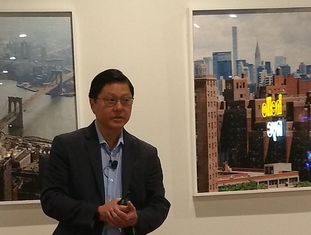 Next up, we heard from Dr. John Saw, CTO of Sprint (@SprintCTO), who shared their mobile 5G progress. Sprint continued to roll out 5G in several cities using massive MIMO antenna systems (assets include 2.5 GHz spectrum assets) noting in Dallas, Houston, Atlanta, and Kansas City (4 cities currently, with 5 cities coming online soon) there are over 1000 sq miles already covered with 5G. Meanwhile AT&T and Verizon are leaning on mmWave a 5G coverage approach. The primary differentiator is the ability to serve Advanced LTE and 5G customers simultaneously on a single existing antenna in split mode. Sprint essentially has an advantage on leaning towards its heavy spectrum assets to provide 5G network leadership, which will in turn be better for businesses and government. Outside of mass IoT and business use cases, 5G also brings consumer use cases noted Saw...sharing mobile gaming use case leveraging 5G and Hatch (spinoff from Rovio) edge computing centers and Sprint infrastructure. (See related article: https://www.section.io/blog/edge-computing-gaming-benefits/) 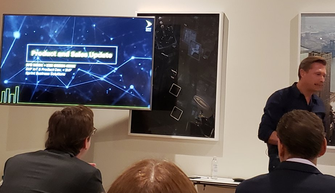 Ivo Rook, Sprint Business SVP of IoT and Product Development, provided an update on overall Sprint Business activities, IoT, and Sprint Curiosity (TM)...OS, Platform, and Core), and placing Sprint outside of being just a wireless operator but focused on software and AI. Rook shared more on bringing data to the edge, going global, a focus on talent/training, deal pipeline growth, nationwide Cat M, and #smartcities partners including AWS @awscloud, Mapbox @Mapbox, Spireon @Spireon, Nauto, Arm @Arm, and Dynamics @dynamicsinc (recently signed). Sprint closed smarty city deals with Peachtree GA, Phoenix, AZ, Detroit MI, Greenville, SC, and Sacramento, CA. Rook also noted growth in SMB customers, up 24%, transitioning clients off CDMA. 5G was also a source of discussion, especially as it relates to autonomous vehicles (AV), where 5G can increase accuracy from 9 feet to 1 inch stated Ivo. Ivo shared 4 primary focus areas along with 5G emphasis including communication, security using #AI, engagement between colleagues, and client communications to enable business. Additional 5G use cases may include mobile wireless access points, #enterprise wireless backup, and #SMB collaboration. The software and AI discussion continued as #AI application=reduce production costs stated Rook. #ArtificialIntelligence is expected to balance accuracy/speed providing relative #context to intelligence. New AI products announced include #Sprint Secure AI, Sprint Secure Mobile AI, and Sprint Smart Messaging all with a focus on reducing human intervention with #flatfee incentives and #endpointsecurity. Sprint Smart Messaging is helping #restaurants recapture lost reservations and field missed calls (great restaurant use case). Kim Green-Kerr, SVP of Sprint Business, was also a speaker and shared live client examples of new #Sprint #AI products and solutions, with a highlight of service industry use case. She shared 60% of service industry experiences missed calls result in lost business to other companies or vendors (hair salons, restaurants) and Kim stated Sprint can help recapture #lostrevenue #lostcalls #lostbusiness using #AI #artificialintelligence (Sprint Smart Messaging). While sharing customer examples, Kim (@KimGreenKerr) introduced client Ron of @NationwideComm1 NCL Networks to share his experience working with Sprint Business. Ron mentioned NCL Networks maintains the largest base of Business Placement Outsourcing #BPO clients and nearshore and offshore customers in #singapore #philippines #manila #cebu sharing successes #3nodes.
Kim wrapped up by sharing a demo on Sprint Solutions Customization Tool which supports in helping those browsing #IoT solutions to a #guidedsell approach. This easy approach to find solutions, enables a no rep sale with #IoTFactory and can run full decision and close deal online #CuriosityMarketplace. Partners include Spireon, Mapbox (Using Live mapping with @Mapbox @ericg and Curiosity(TM) platform, designed for people and things, rich data sets, near real-time intelligent data), among others...Sprint is also working with @Accenture Innovation Centers, running #Curiosity #IoT. Curiosity and Sprint's IoT Factory (launched in May 2018) continues to experience progress, noting after the launch of the #IoT Factory the focus is to (1) Engage with Developer community (2) Gather and learn from Insights in how customers think with IoT (3) Produce IoT Leads. IoT factory currently has 26 solutions added on Factory 2.0 with 368 activations in FY19, also sharing 42 new customers (added in Q1), 127% sales growth (QoQ). #SprintCuriosity is live in #SanJose and #Ashburn with data collection nodes in 10 cities now, rolling out on weekly basis. The goal is to get data to the core (#SDN) as quickly as possible (19 Intelligent production nodes (Uber and Accenture)). #closetocustomers #sensordata #mL #AI Sprint is launching #Curiosity Labs, a public-private partnership (#3Ps #PPP) with Peachtree Corners @PCCityYes working with city Manager, Brian Johnson (#connected #smartcity #V2X #autonmous #500acres #smartcityexpo) and the expected date launch is set for Sept 9th...more can be found here vimeo.com/336207235 . As for what's next, Sprint also continues to focus on international expansion. Sprint shared both casual and permanent roaming in 152 countries and has deployed EYCC centralized solution with continued work on roll-out and deals in 135 countries enabling local profiles activated OTA partnering with @ericsson and @TelnaGlobal. Final thoughts on connecting PEOPLE, PLACES, and THINGS...
#IoT #IIoT #SDN #5G #certification #massIoT #IoTactivation #missioncriticalIoT #IoTSLAs |
Inside MobileCovering hot topics in the industry, new research, trends, and event coverage. Categories
All
|
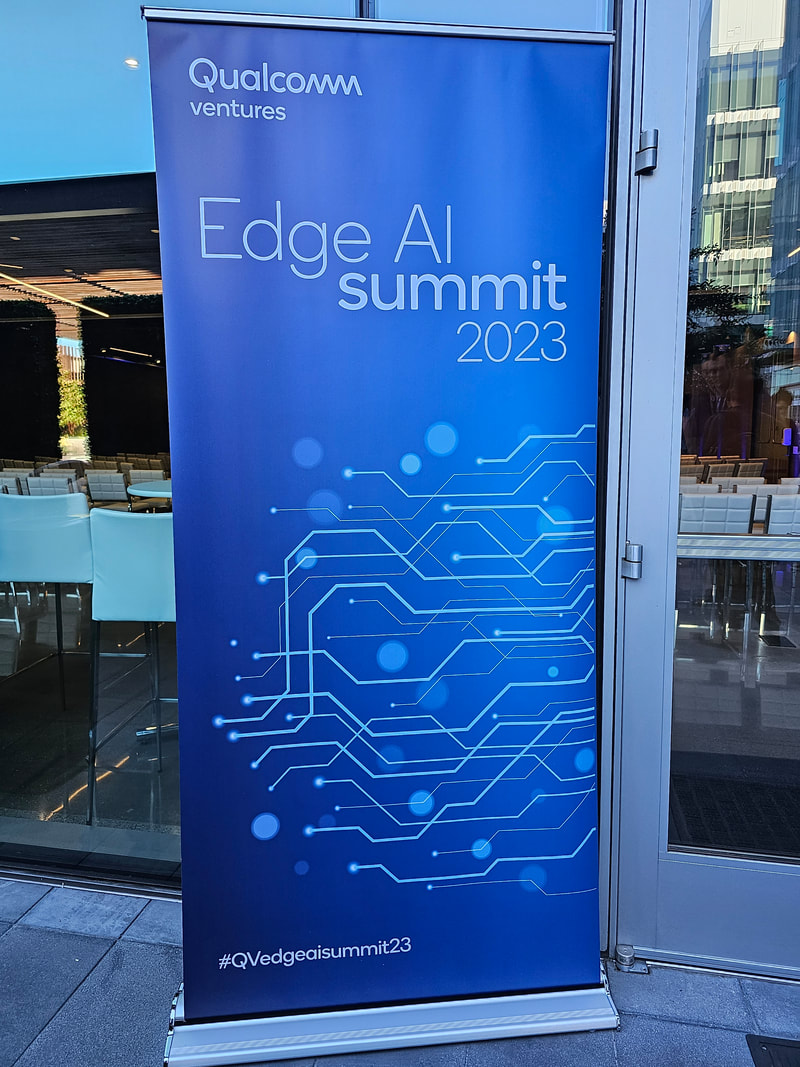
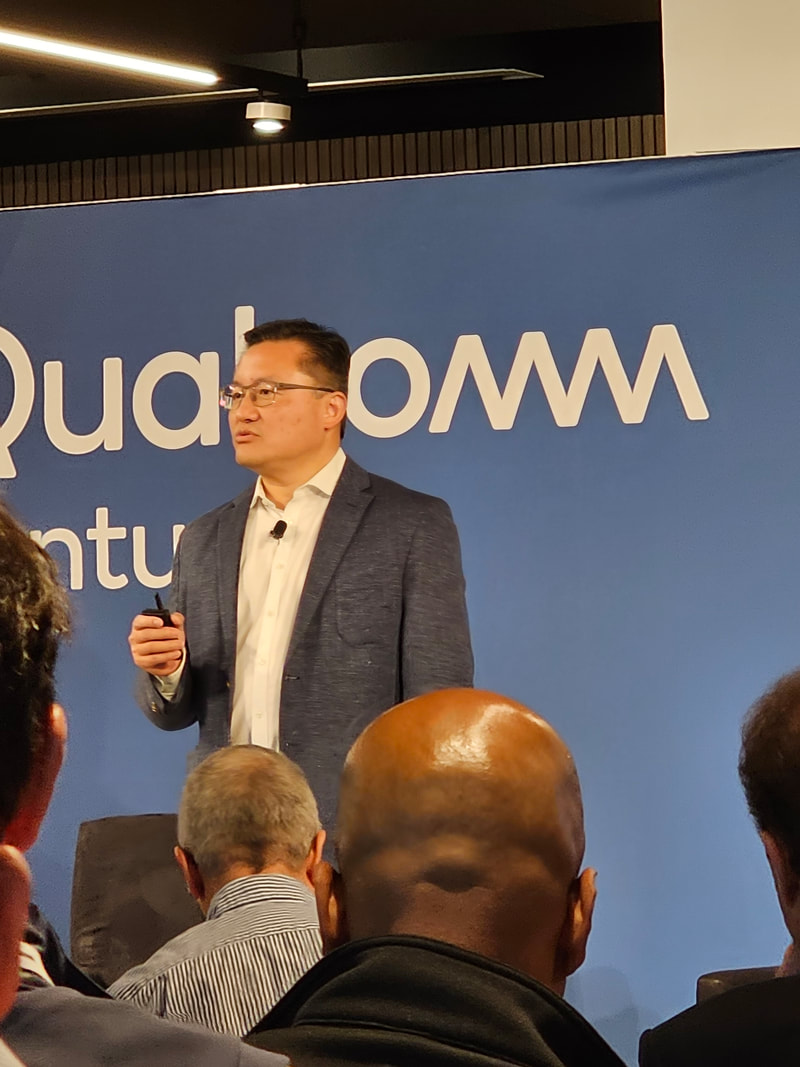
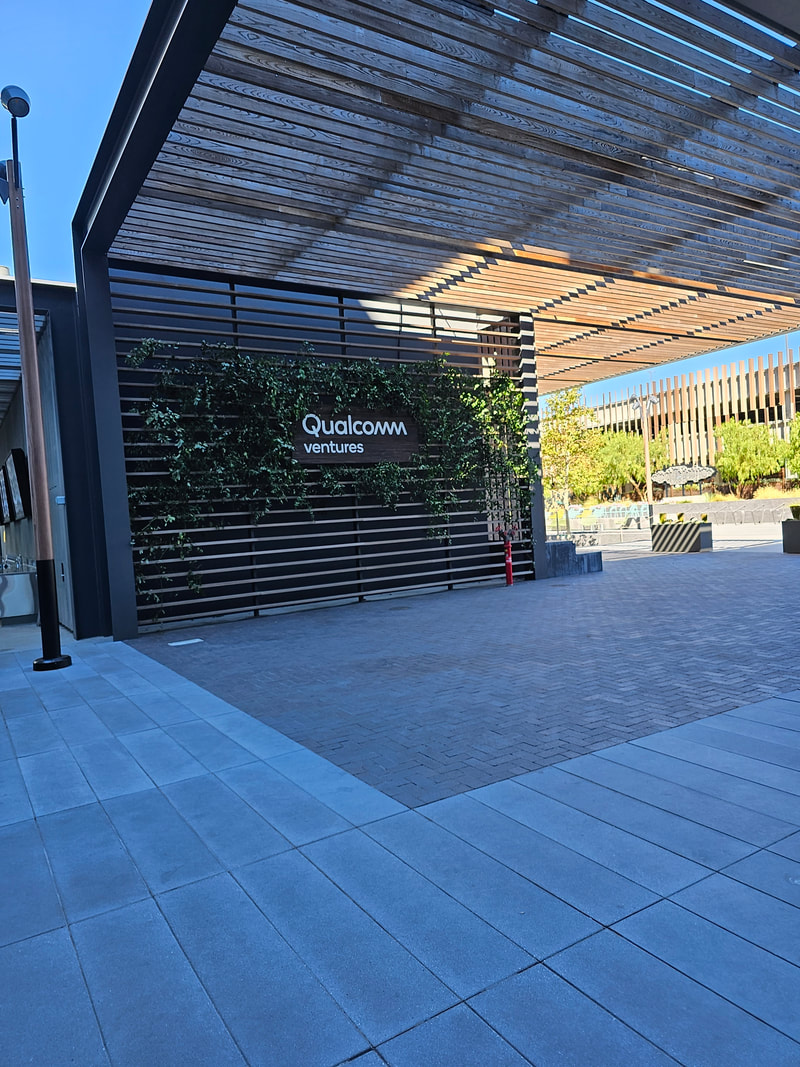


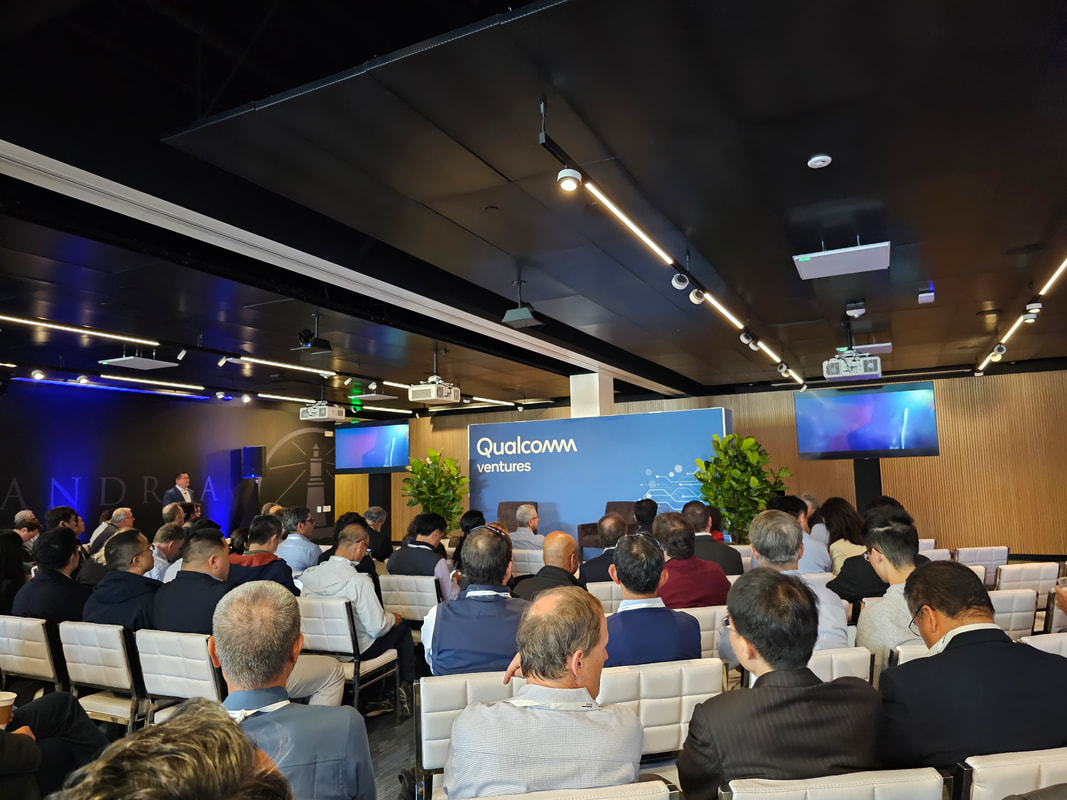
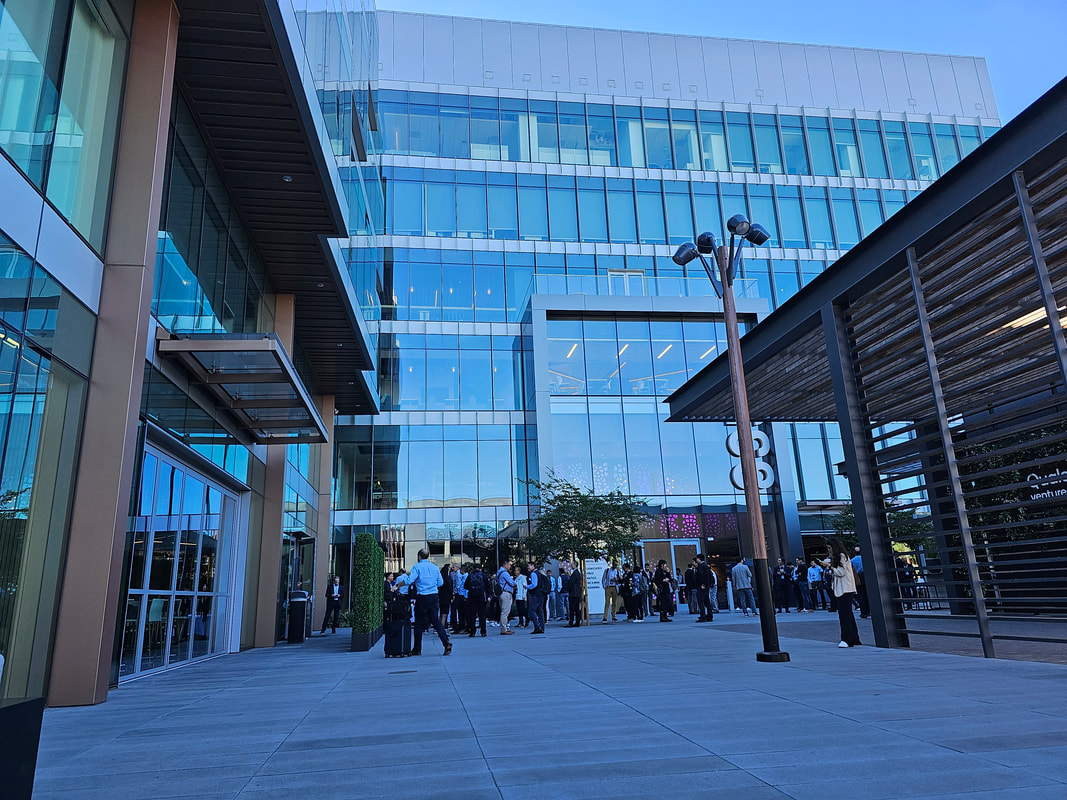
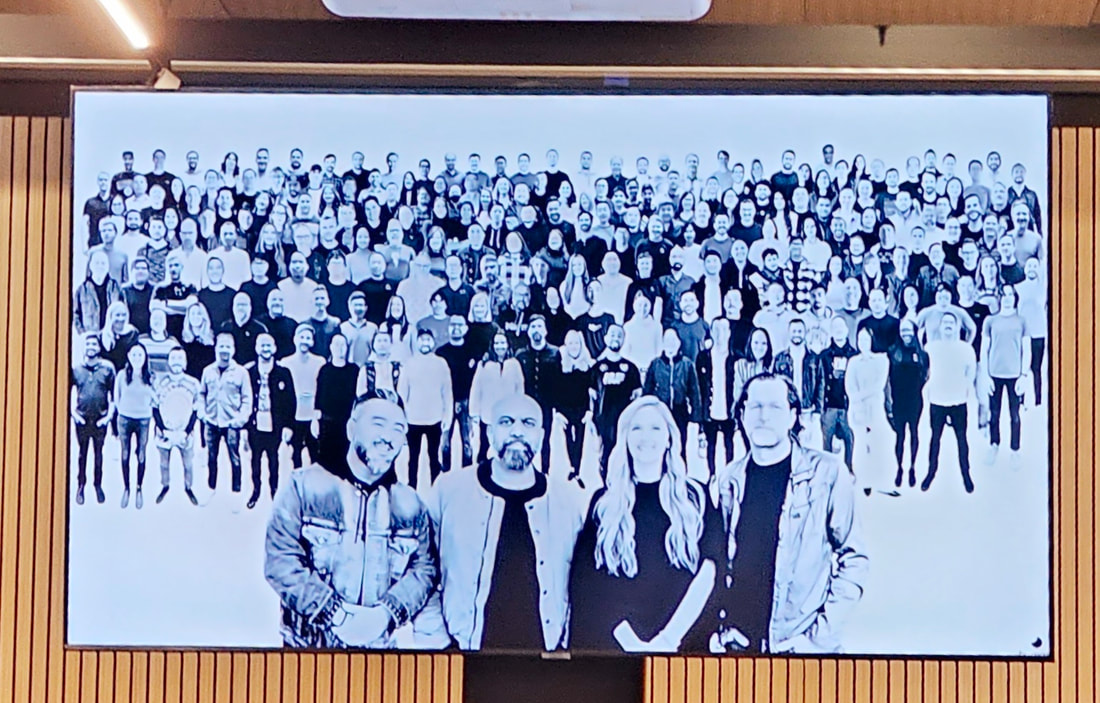
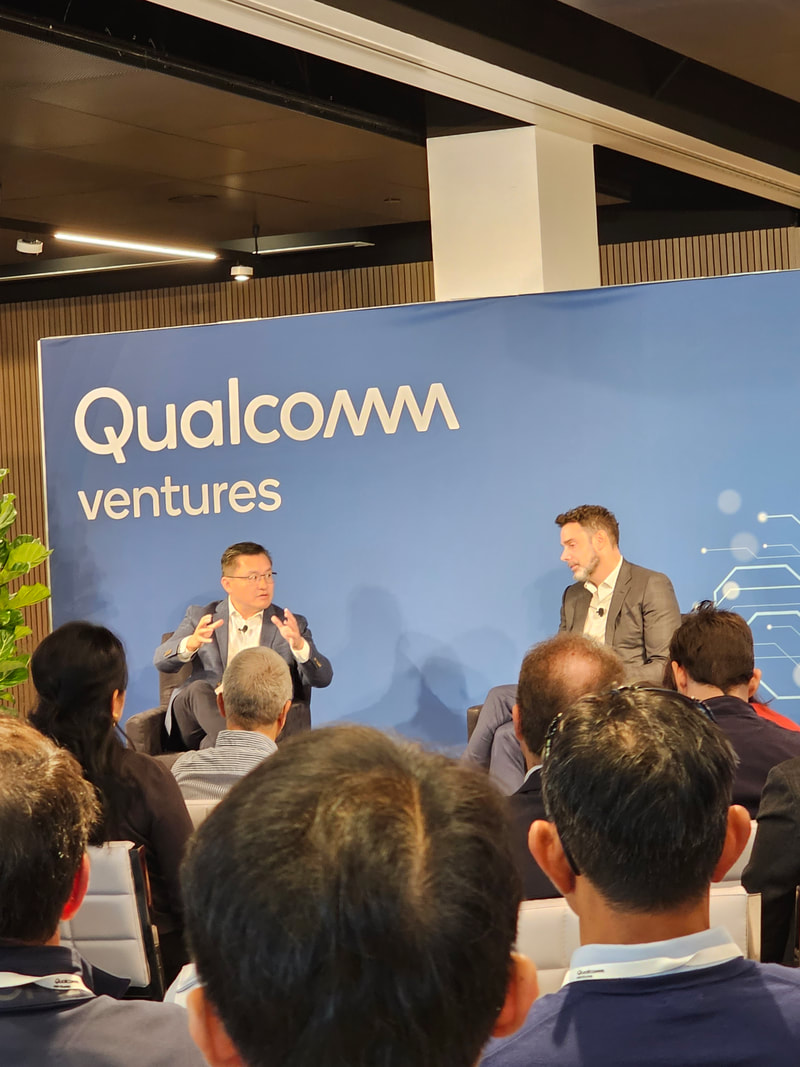
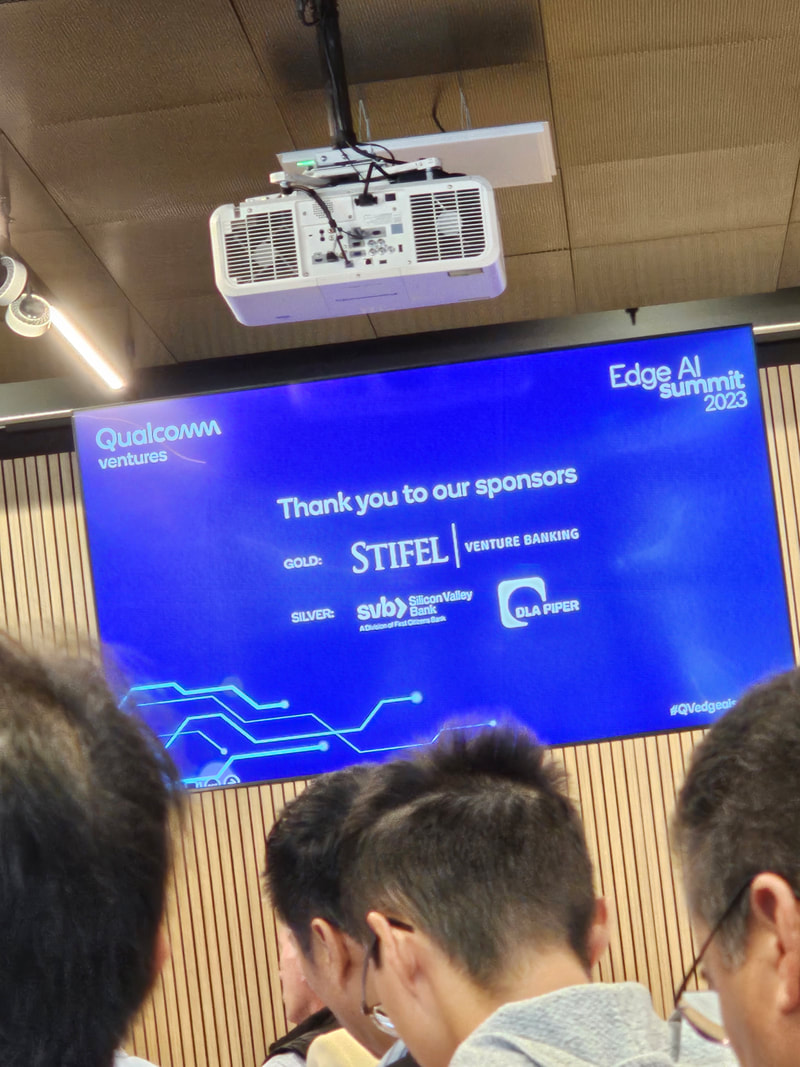
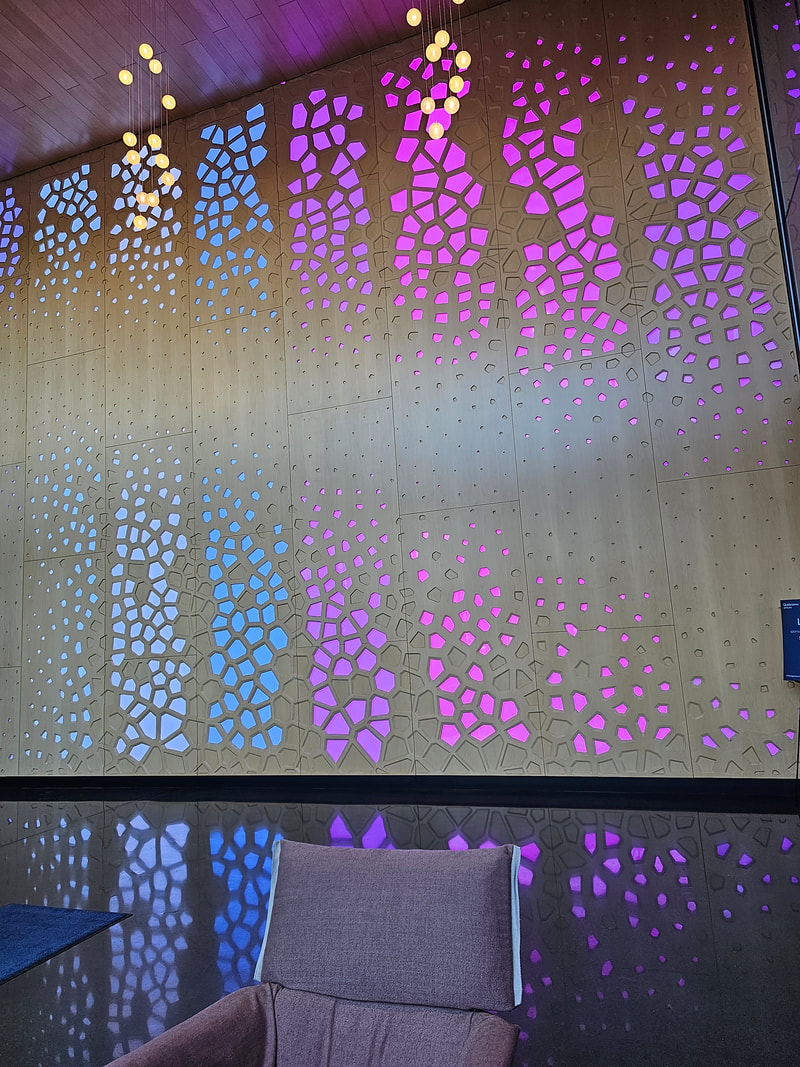
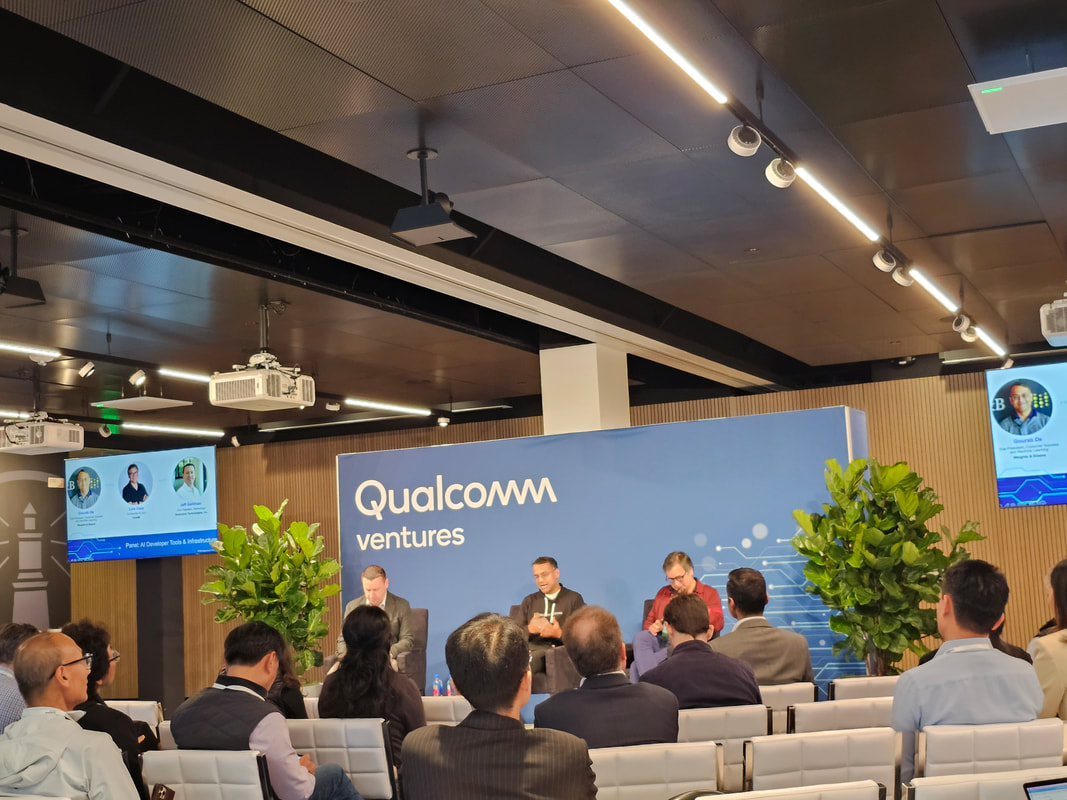
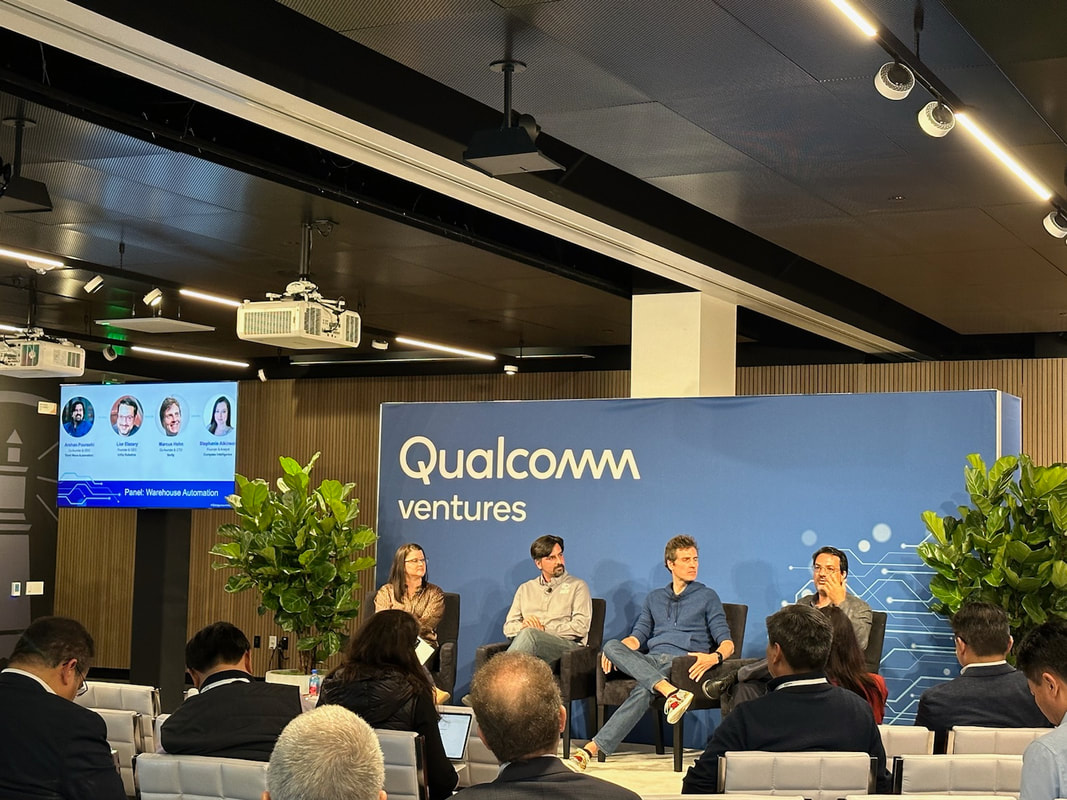

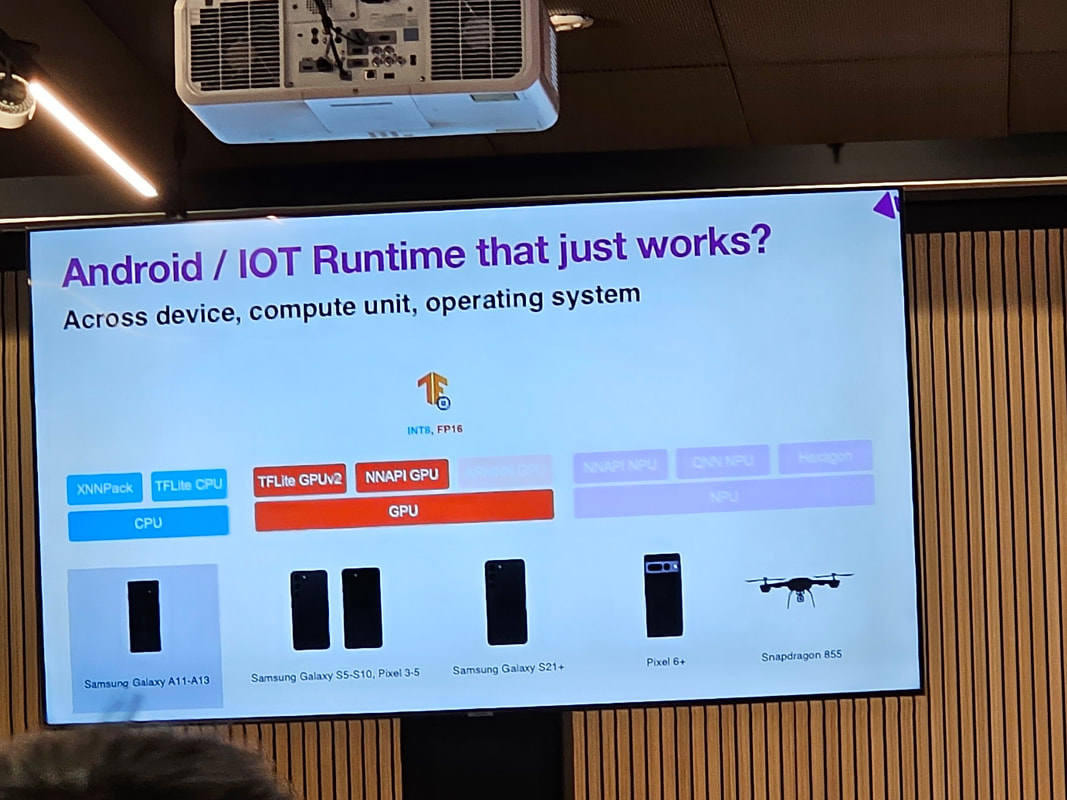


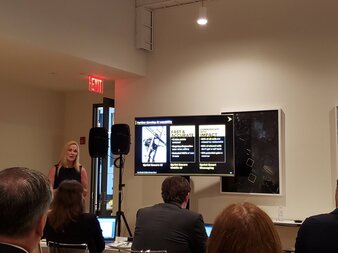
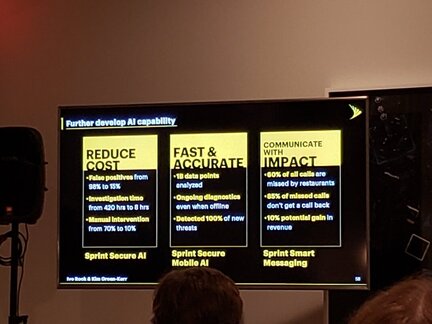
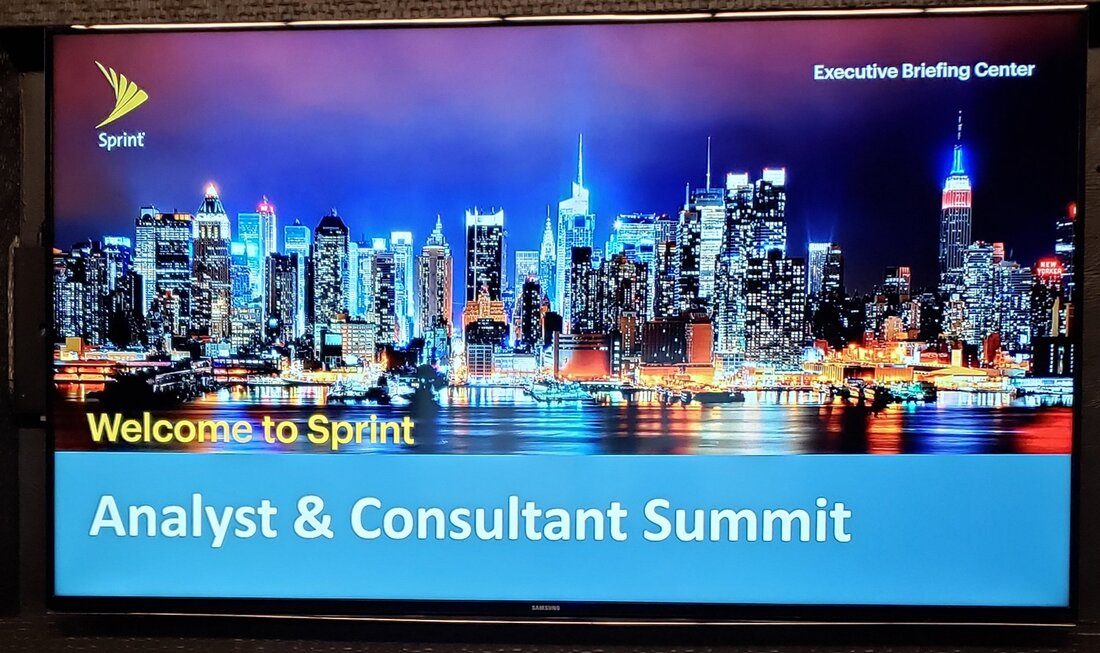

 RSS Feed
RSS Feed
